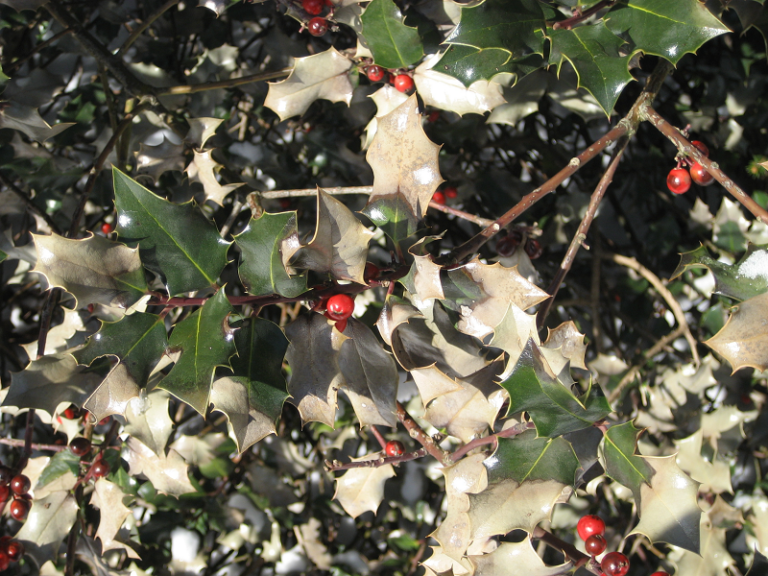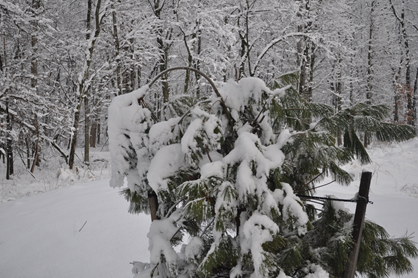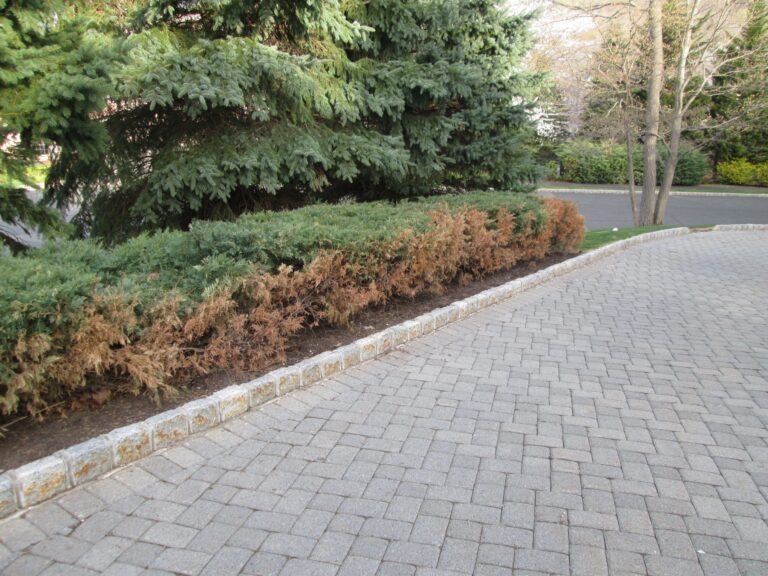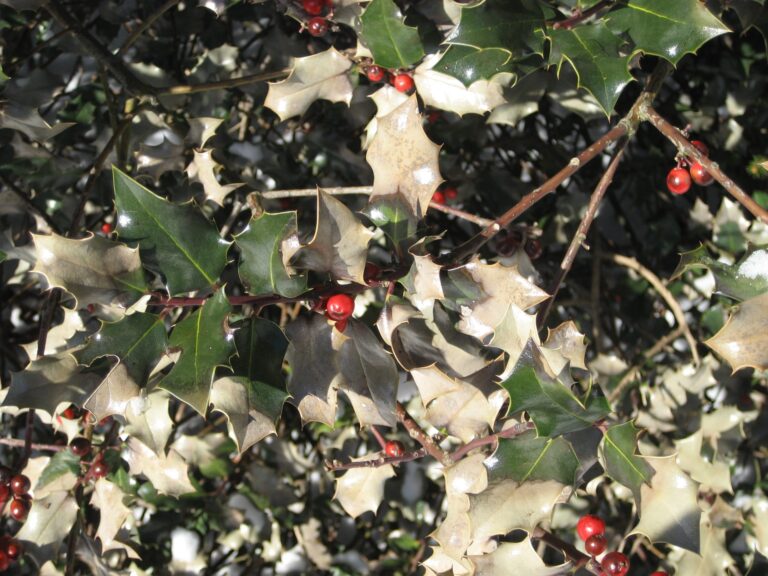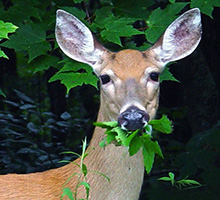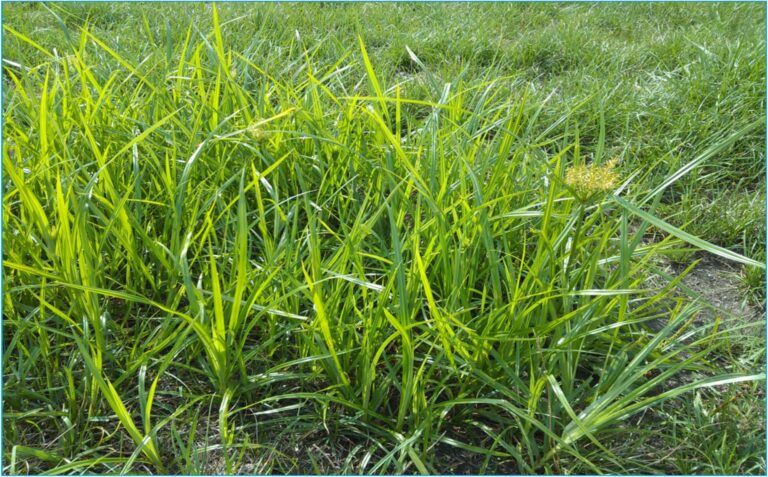
Is Dormant Seeding A Good Idea?
What is Dormant Seeding? Over the years it has become common practice for some homeowners to spread seed over the lawn during the winter with the hope that the seed will remain “dormant” in the soil, then sprout to life

